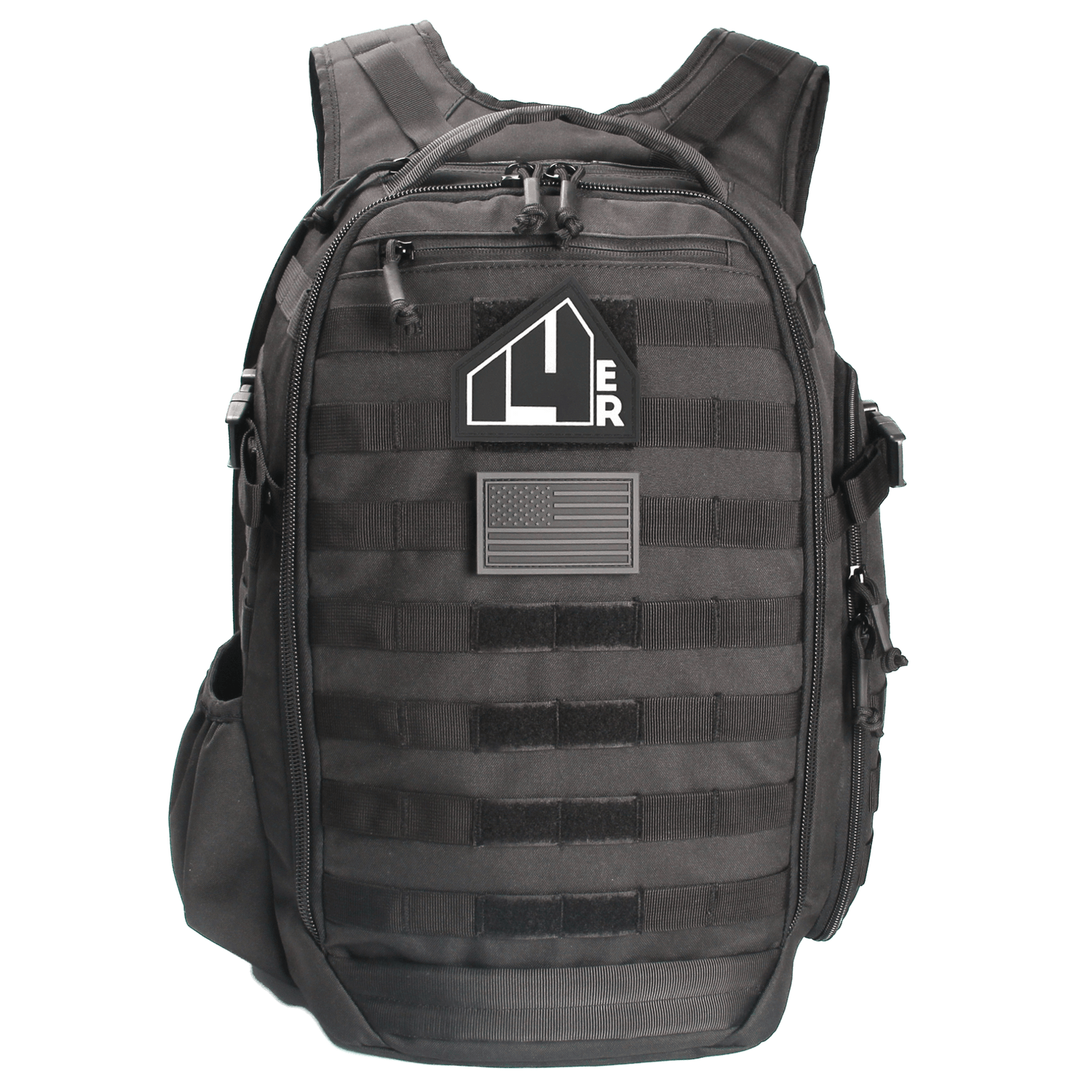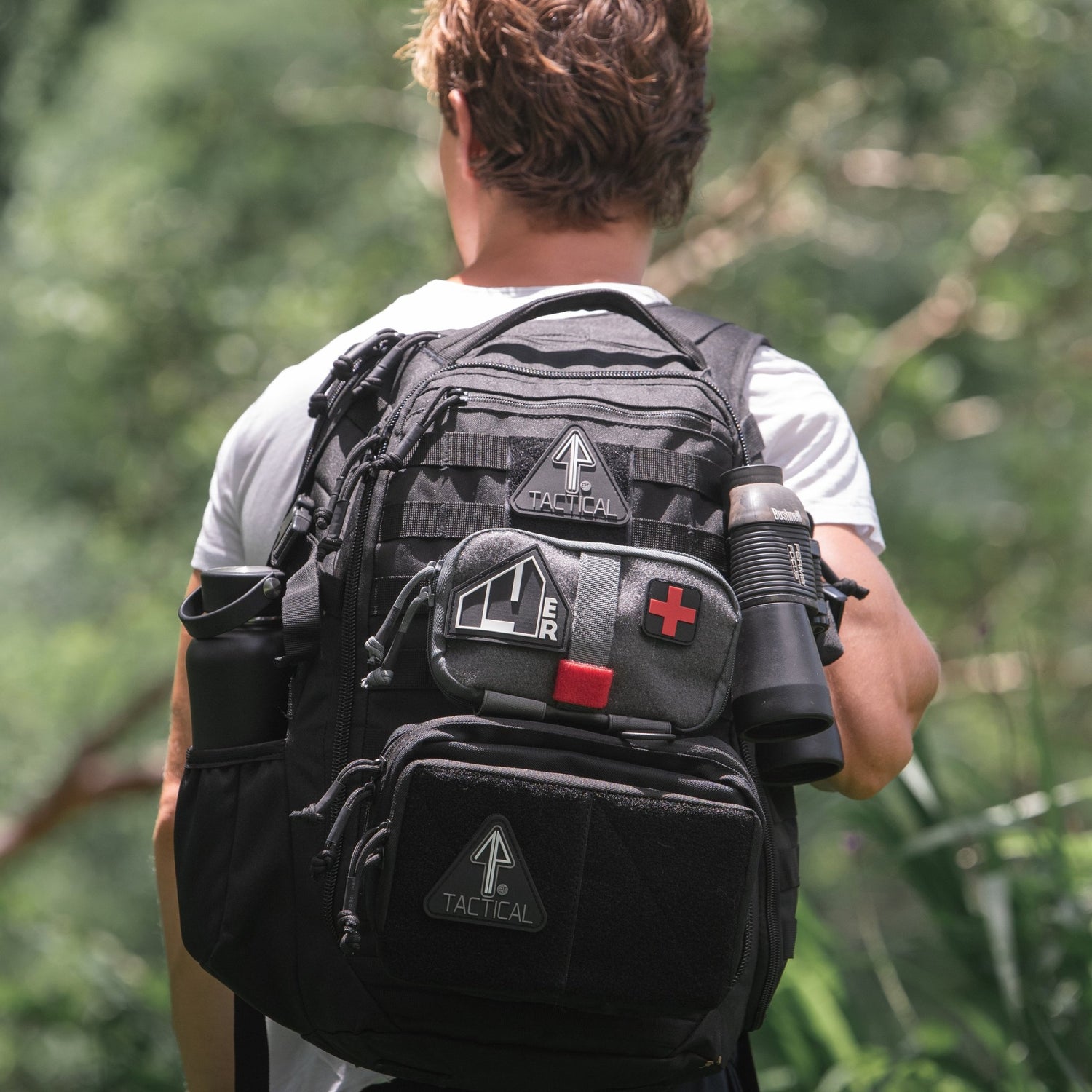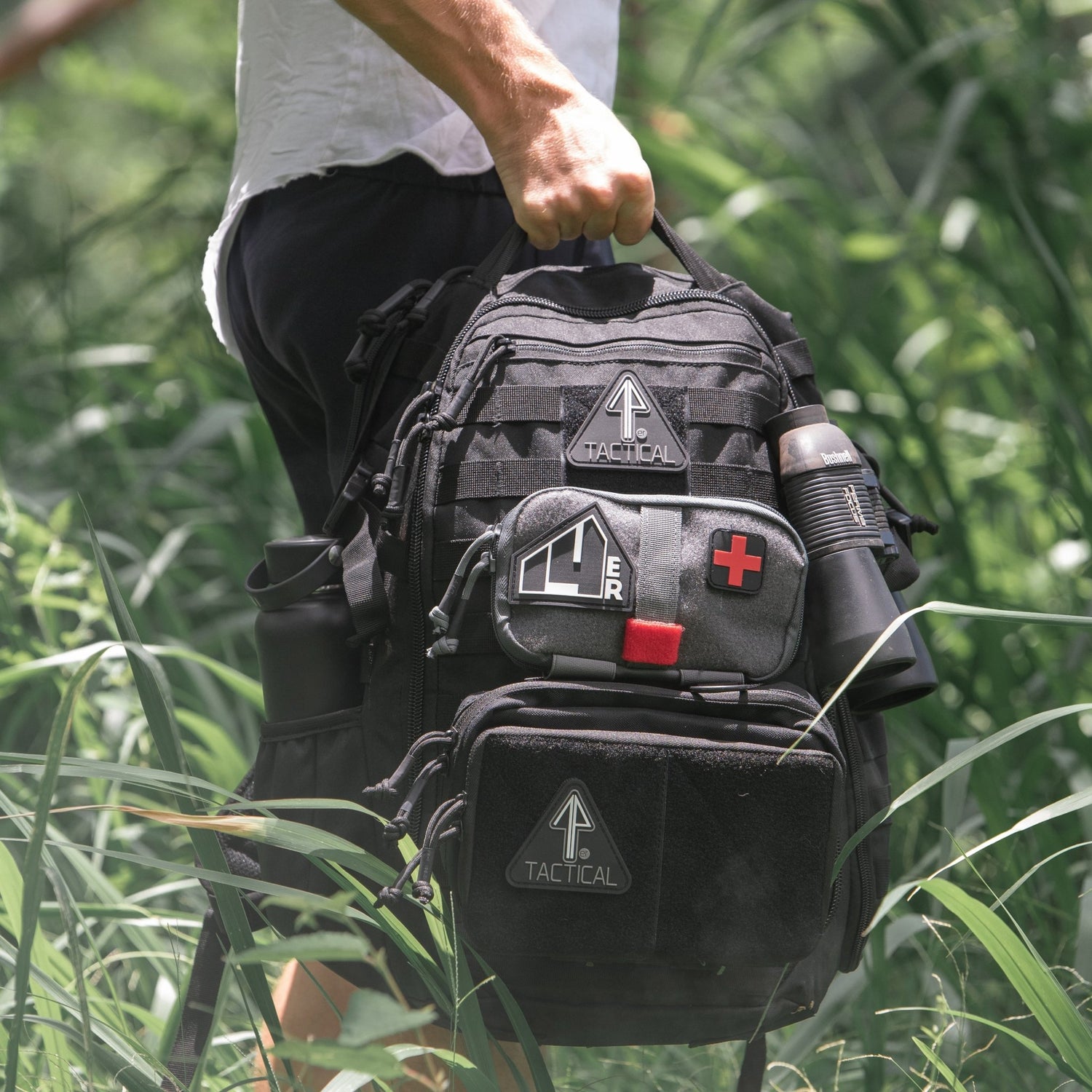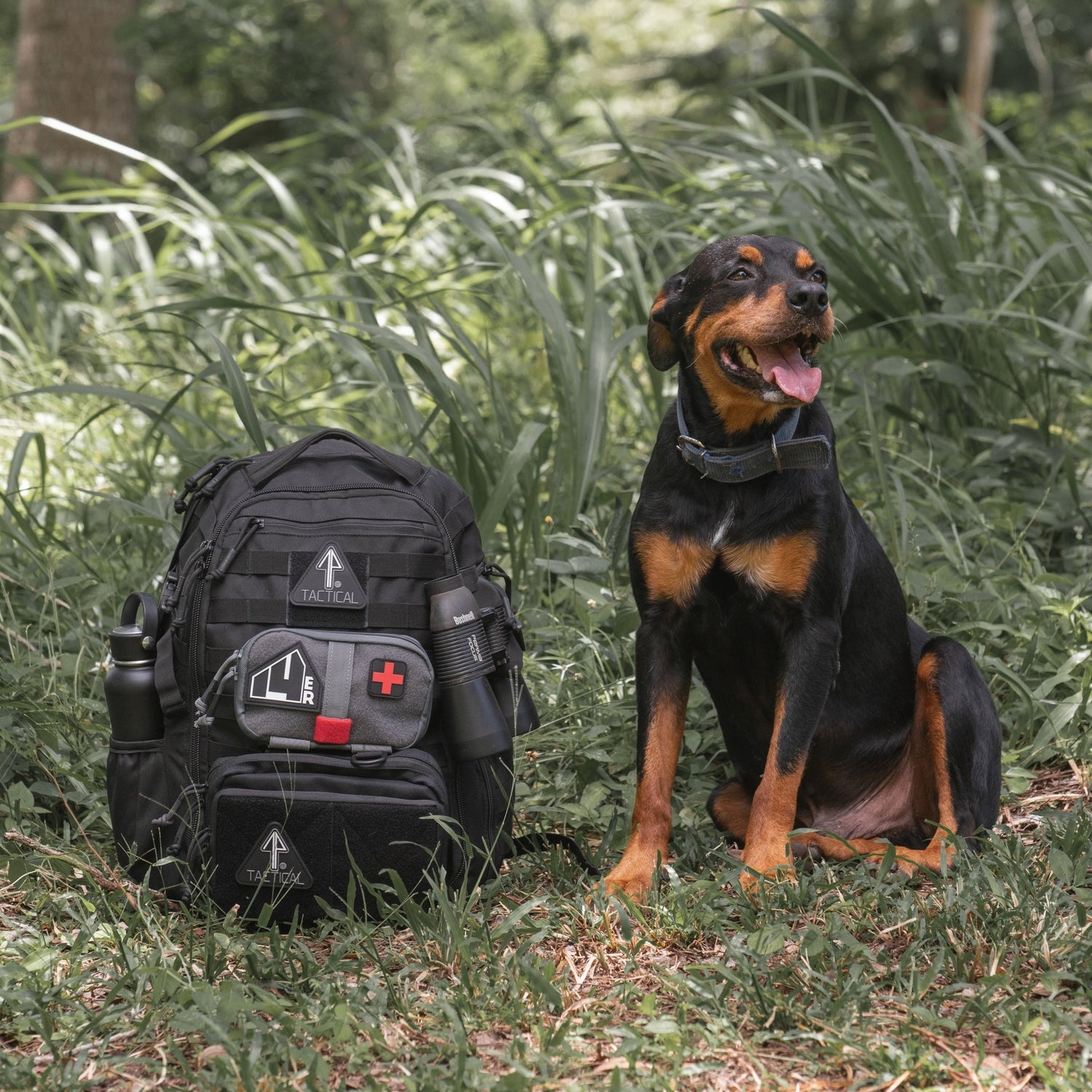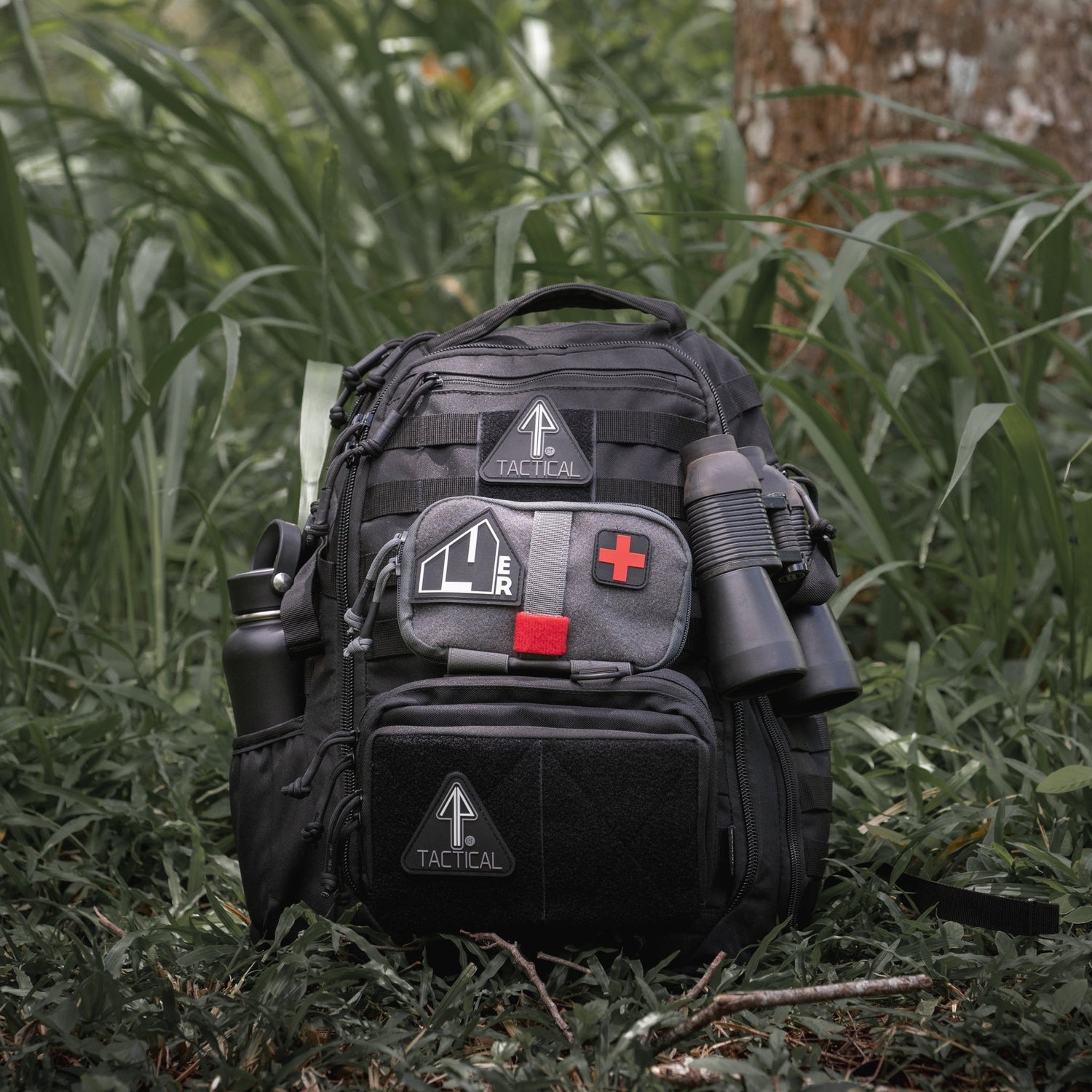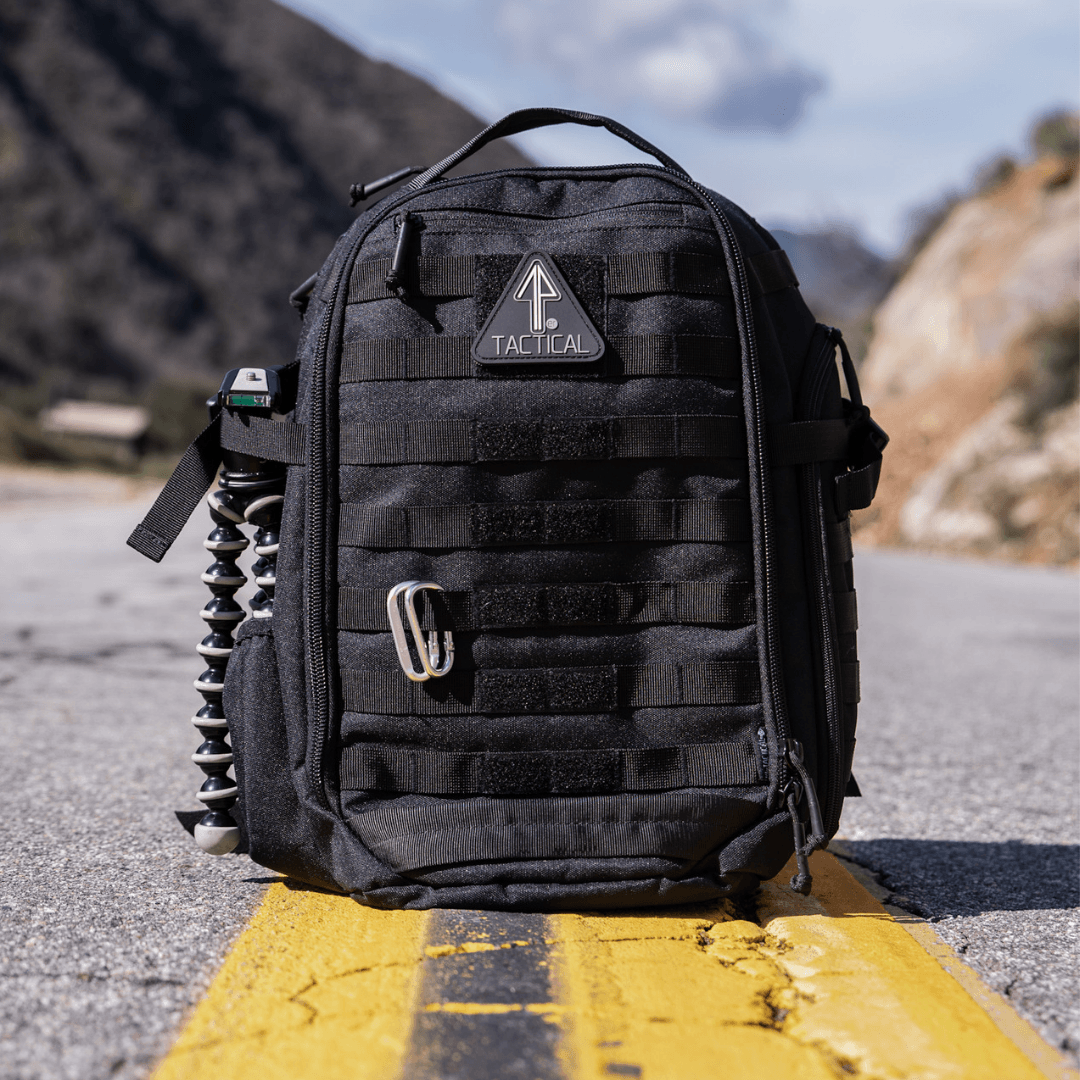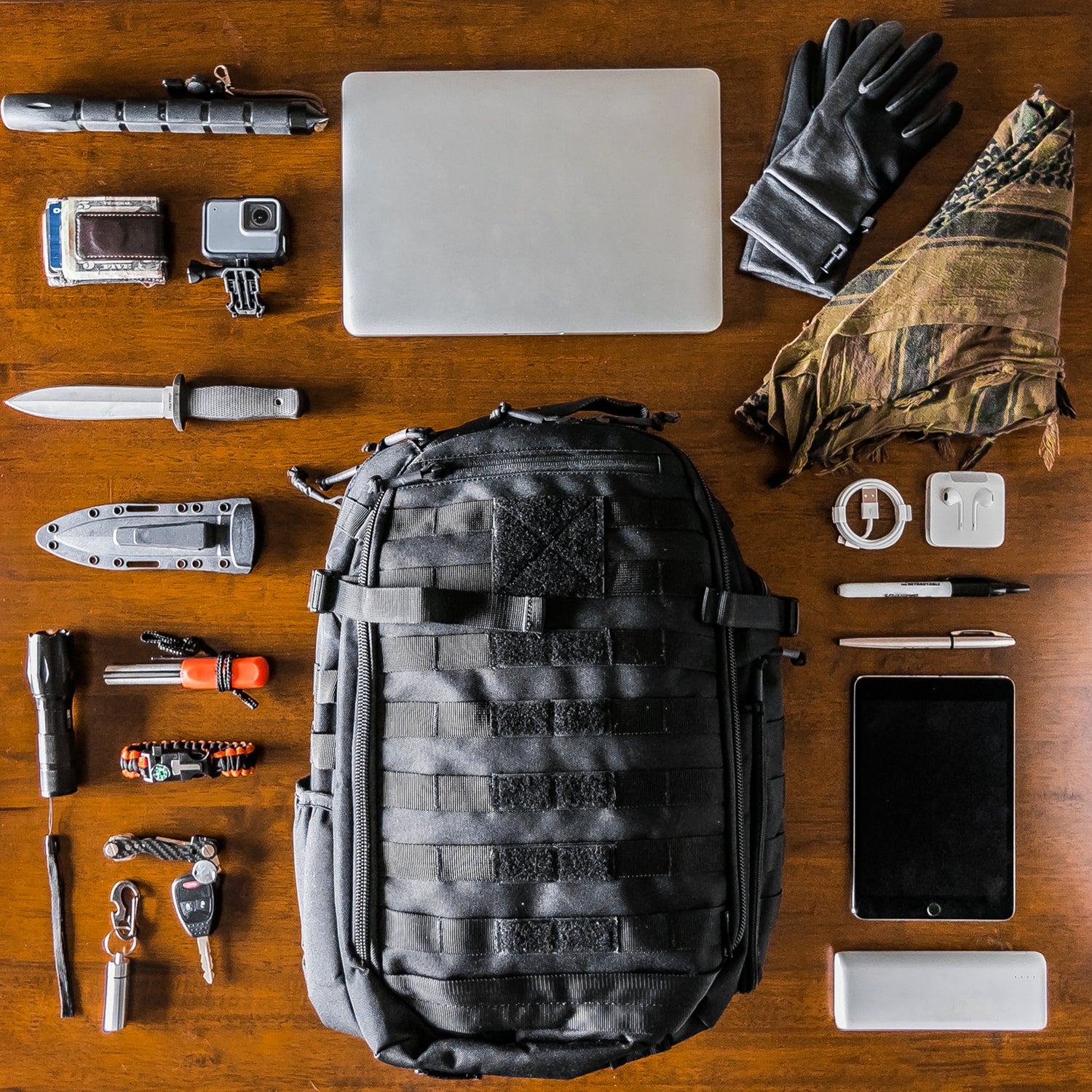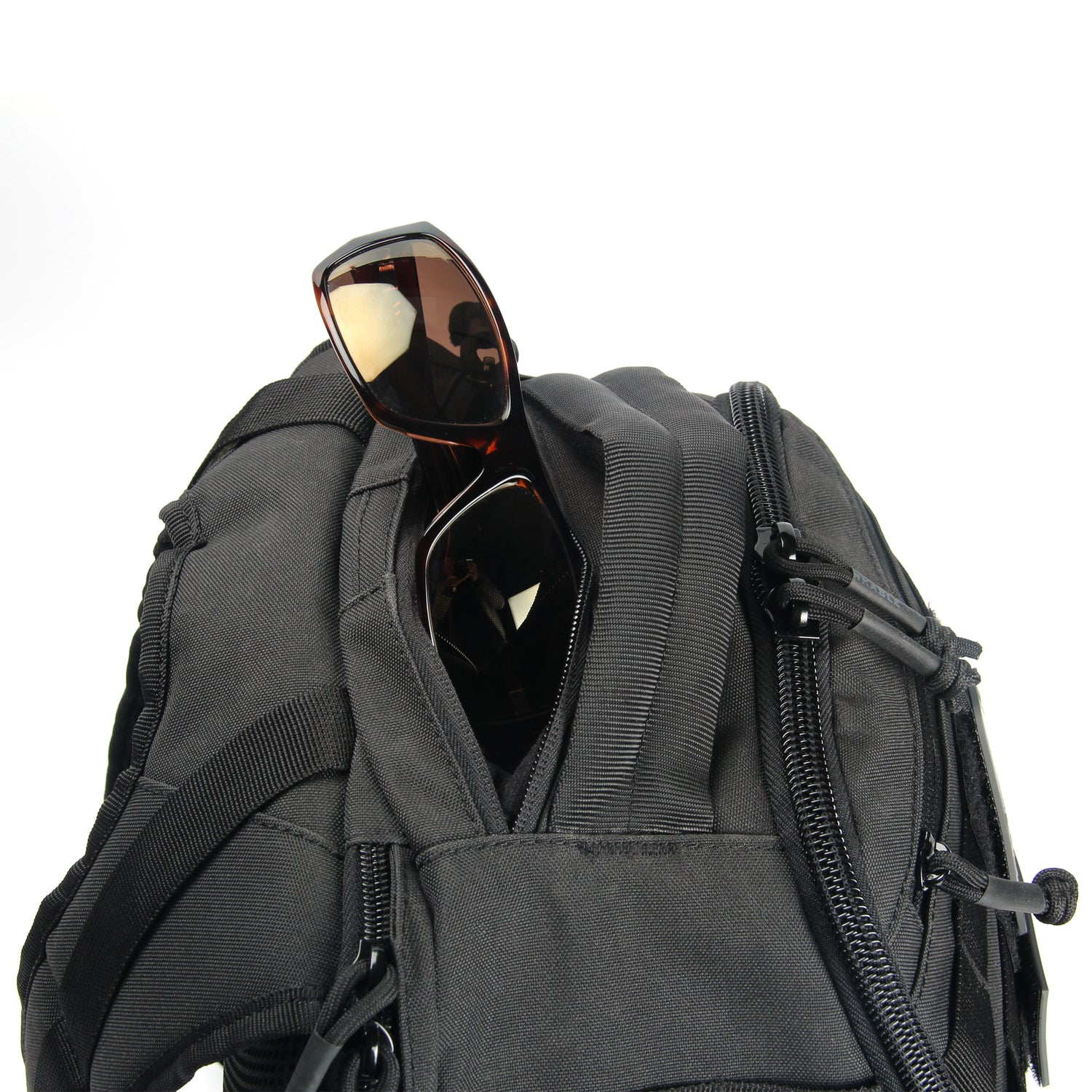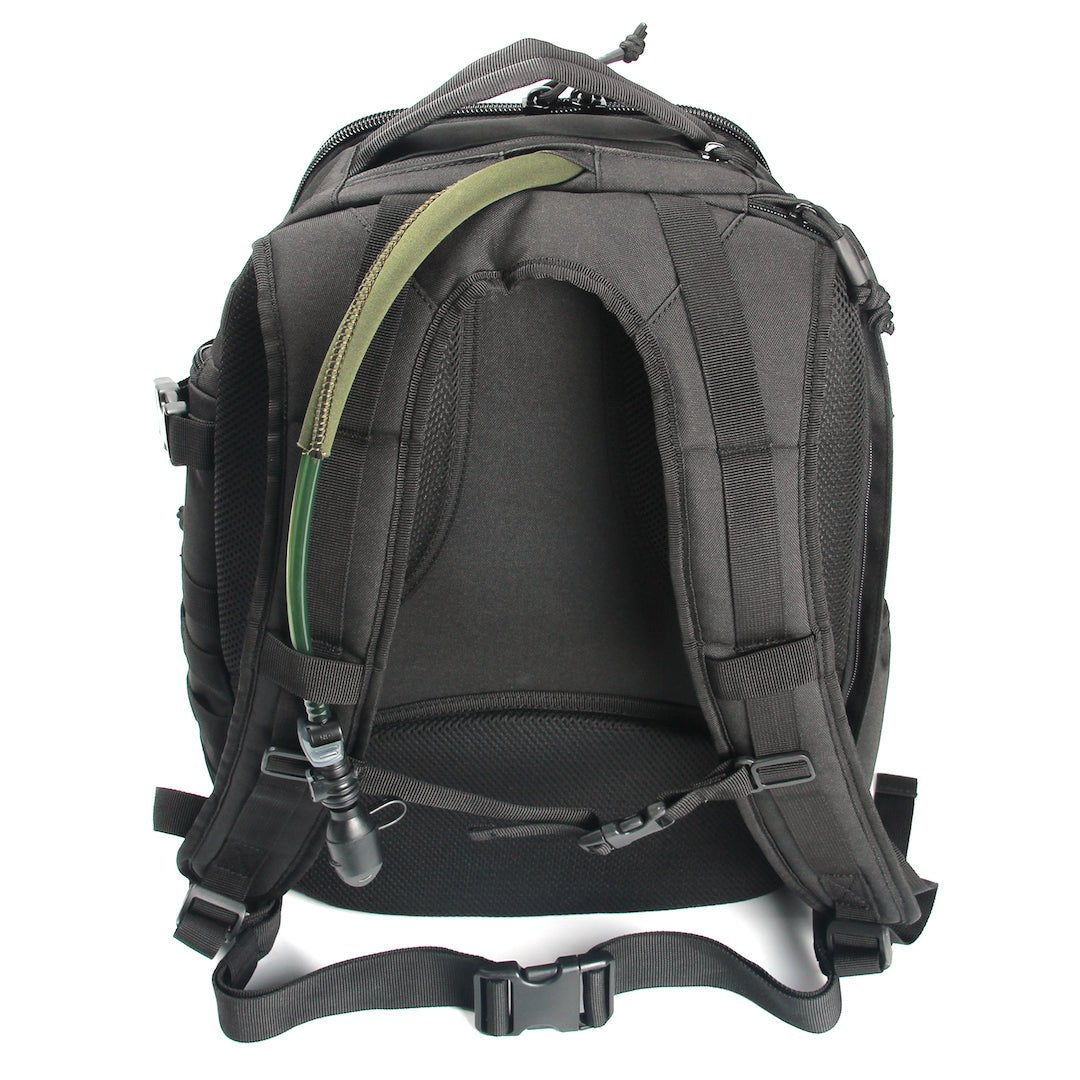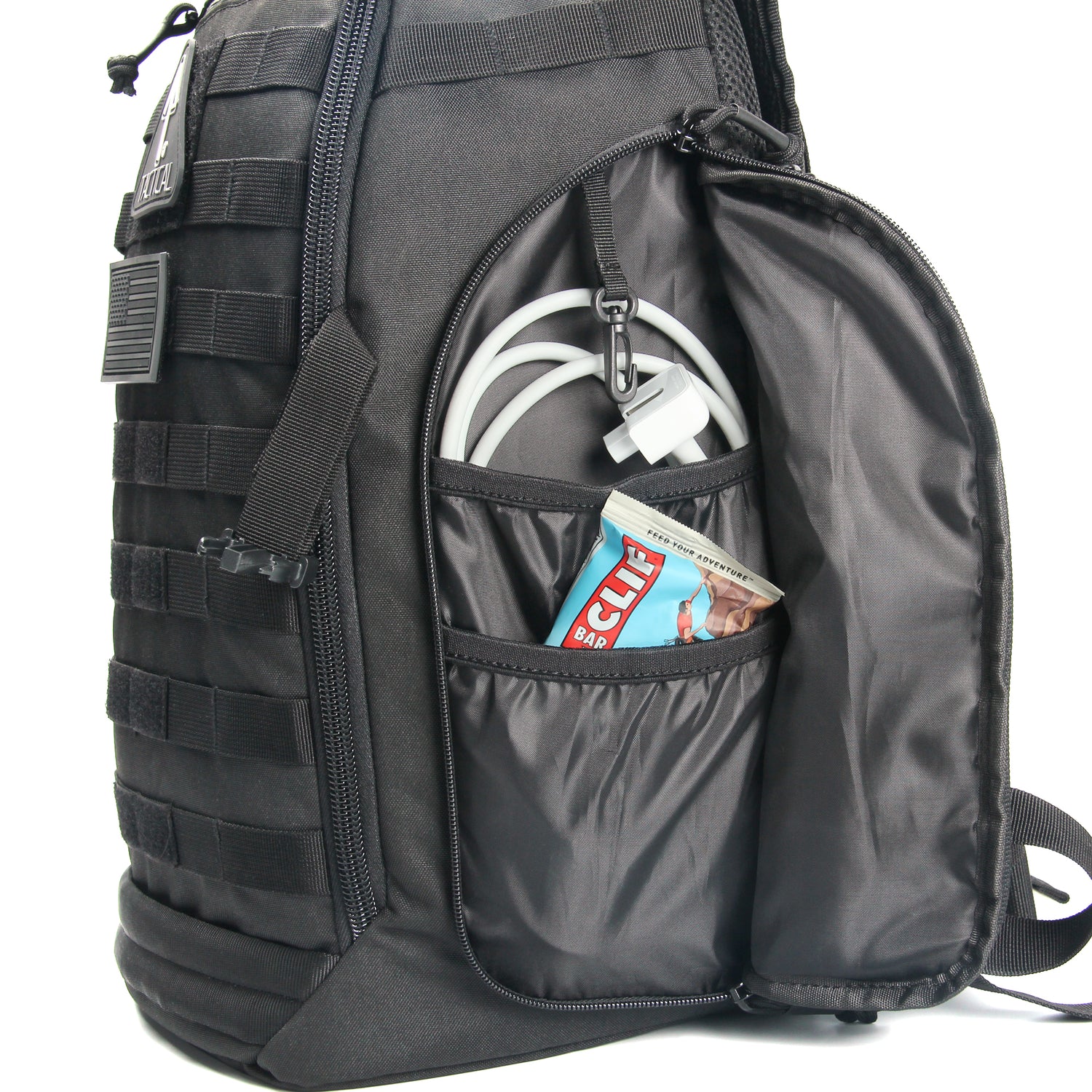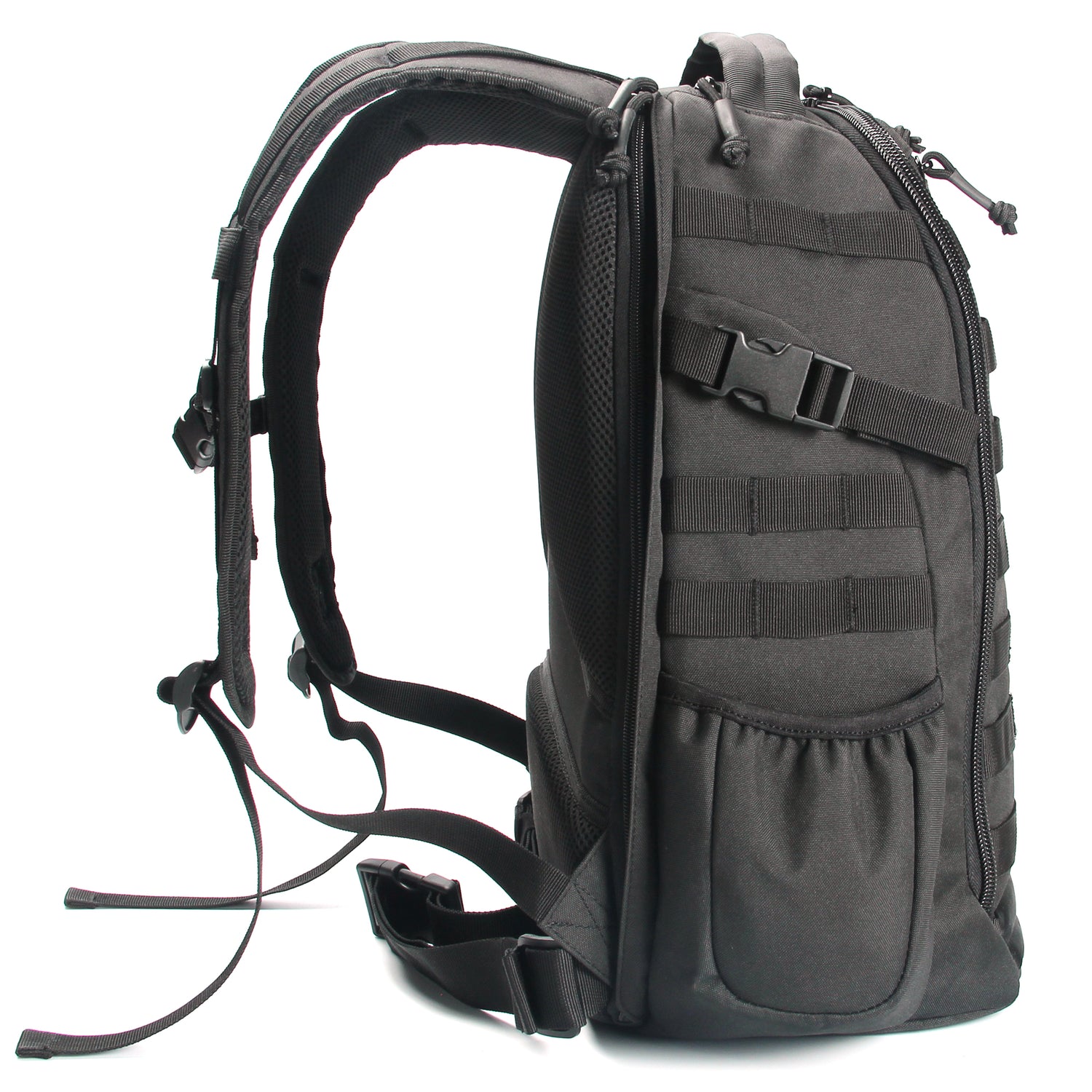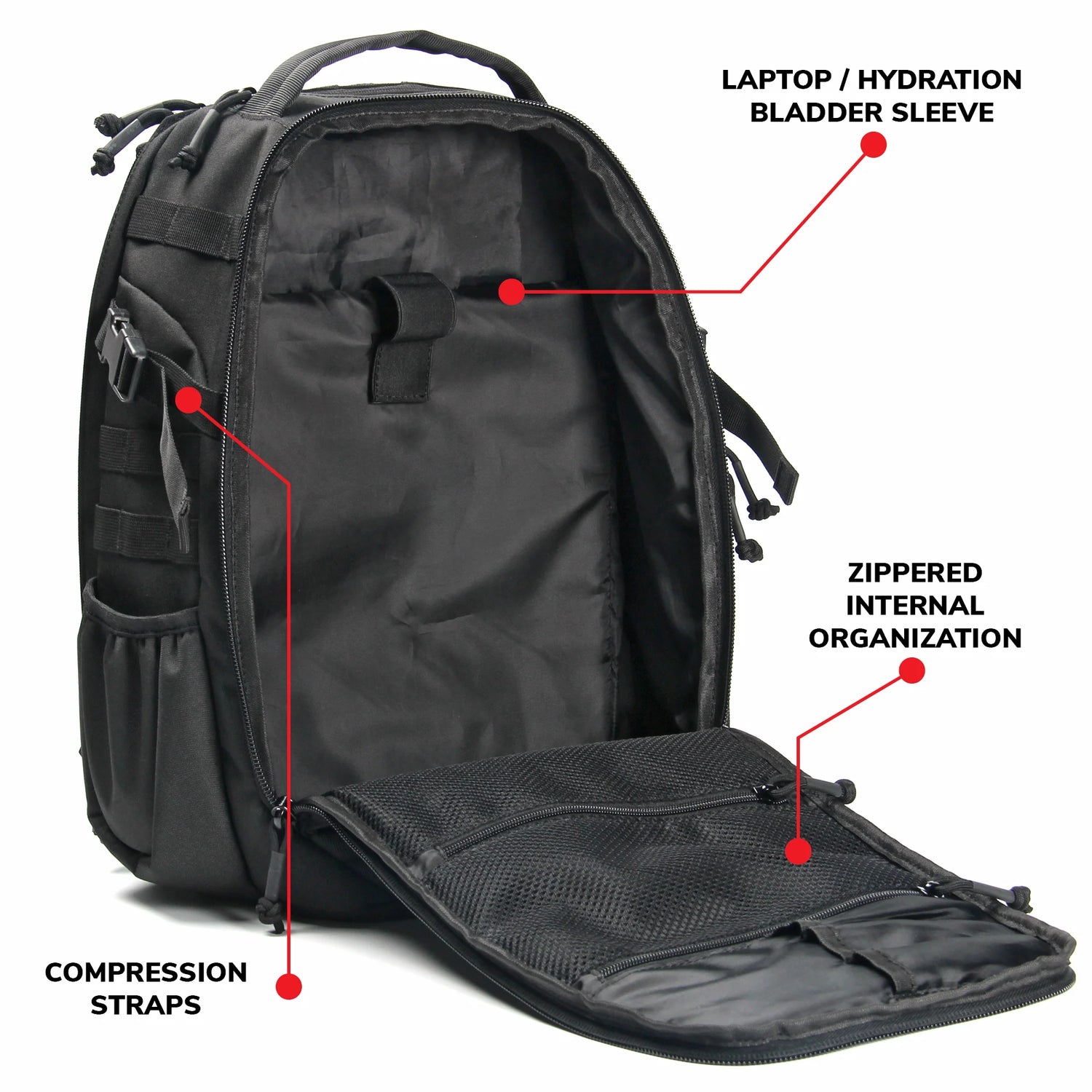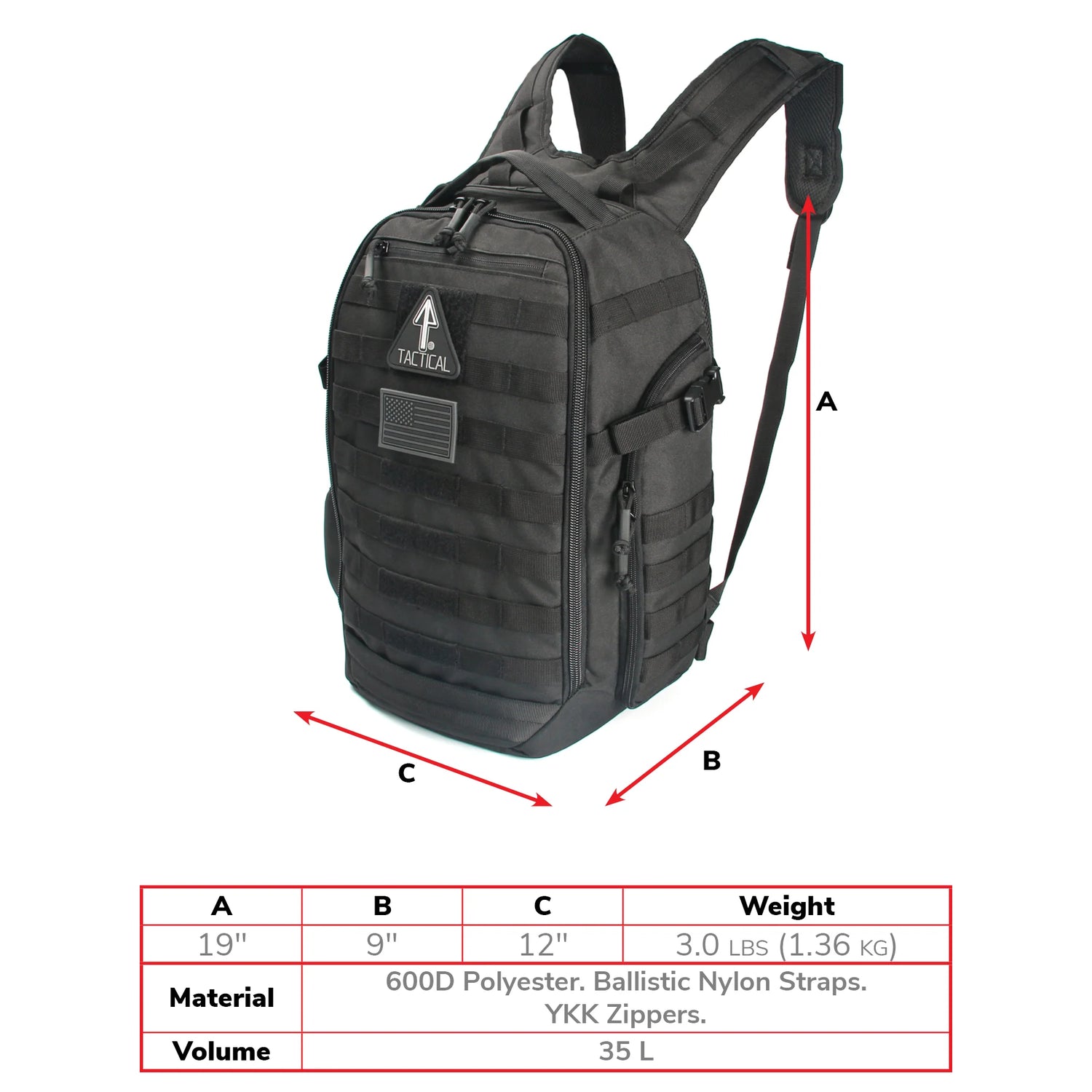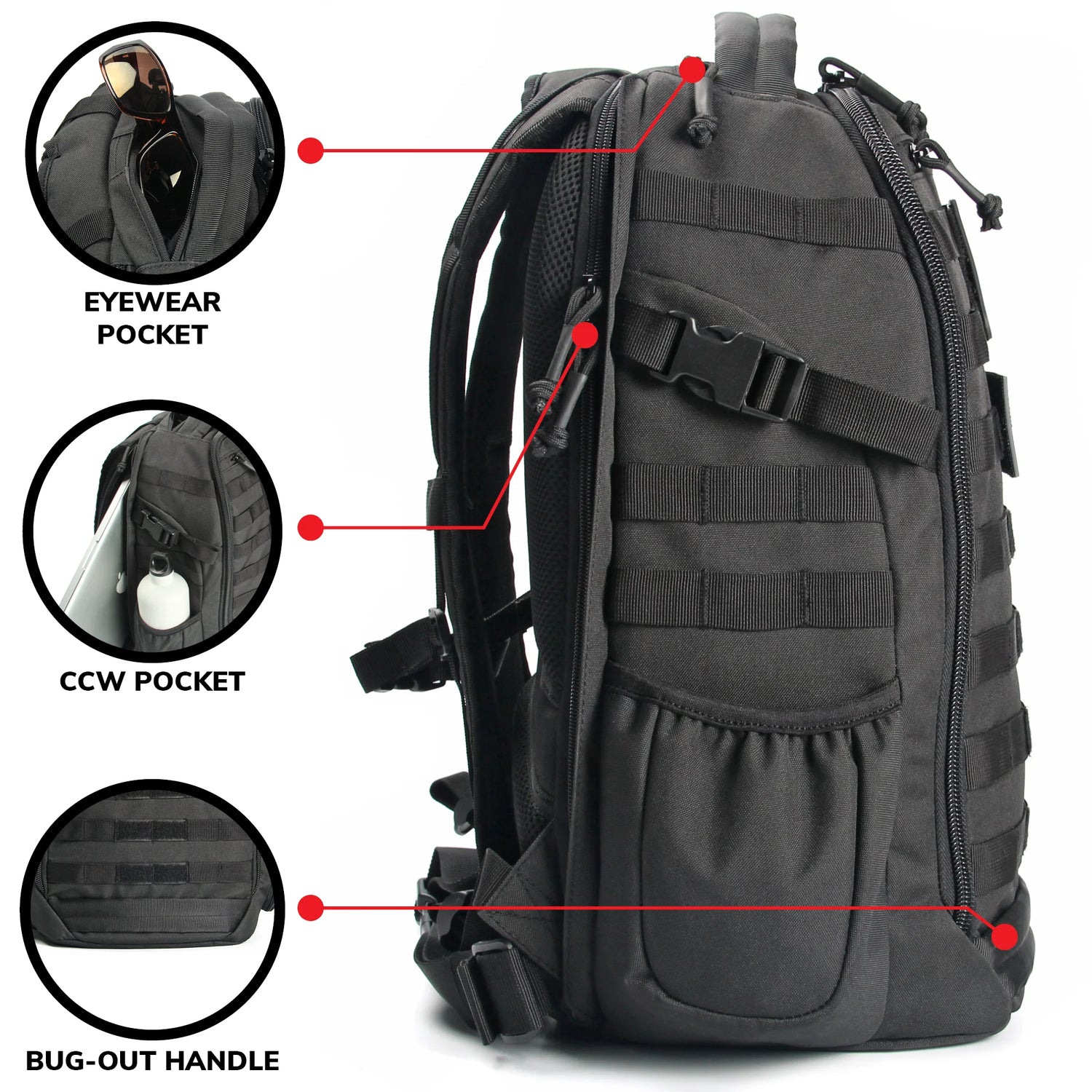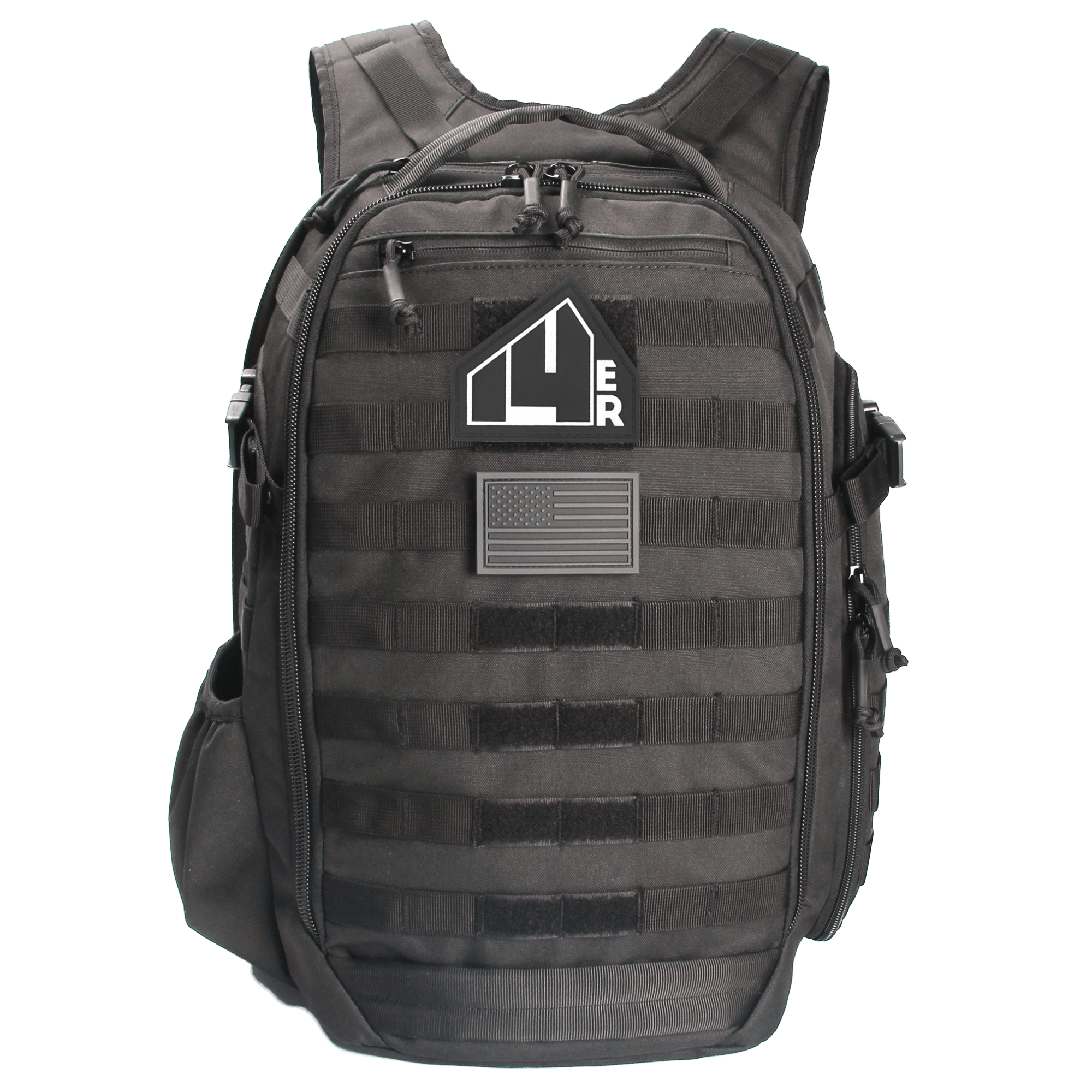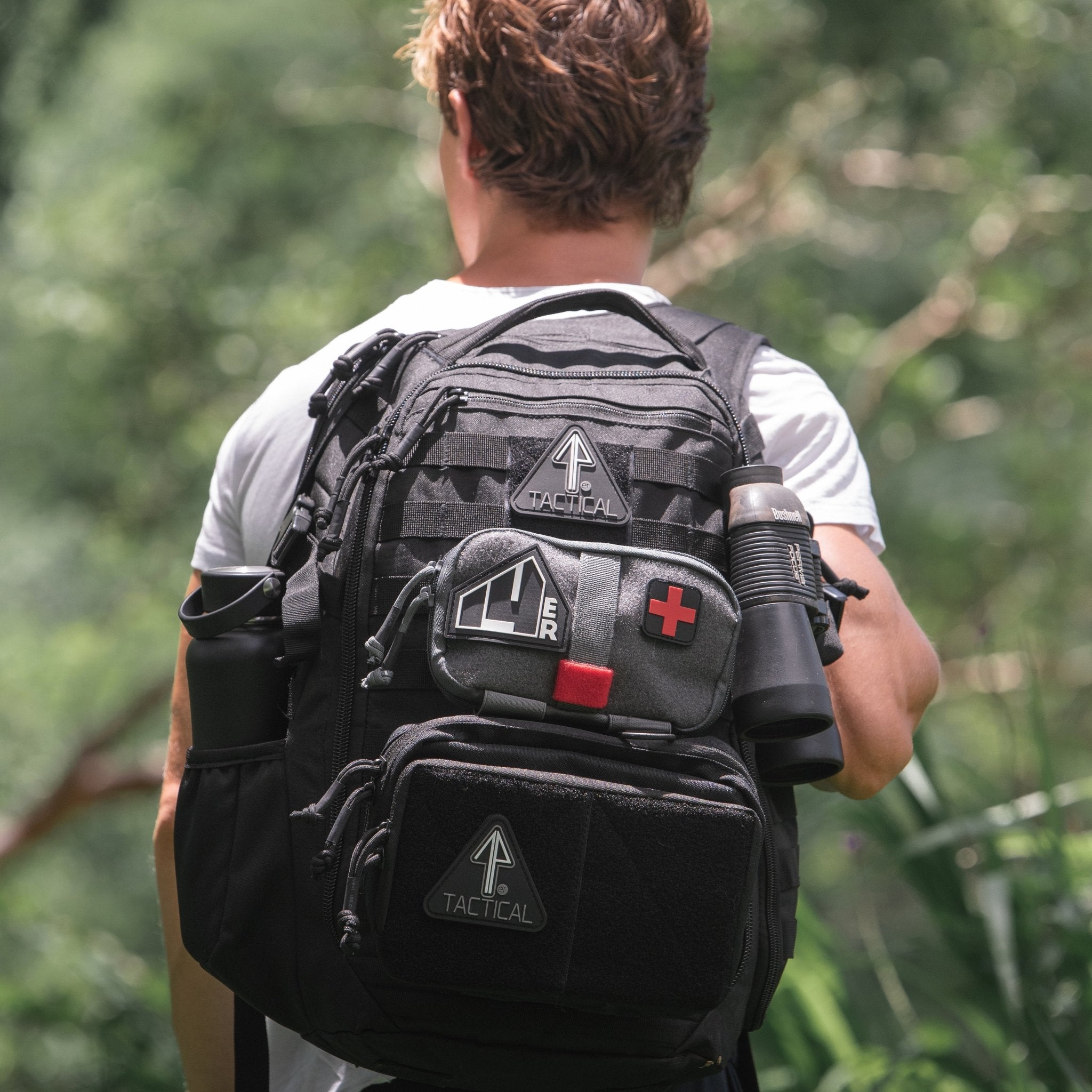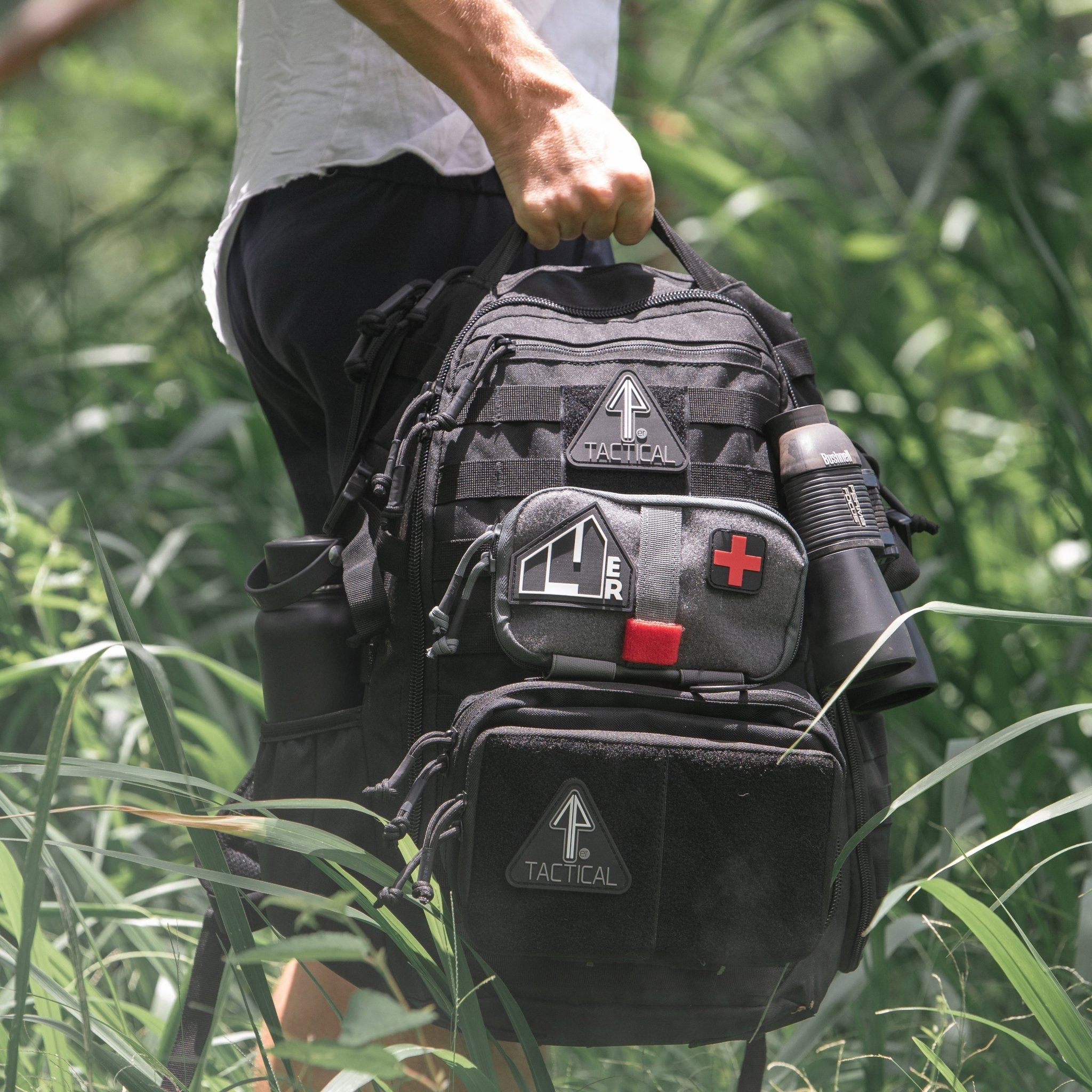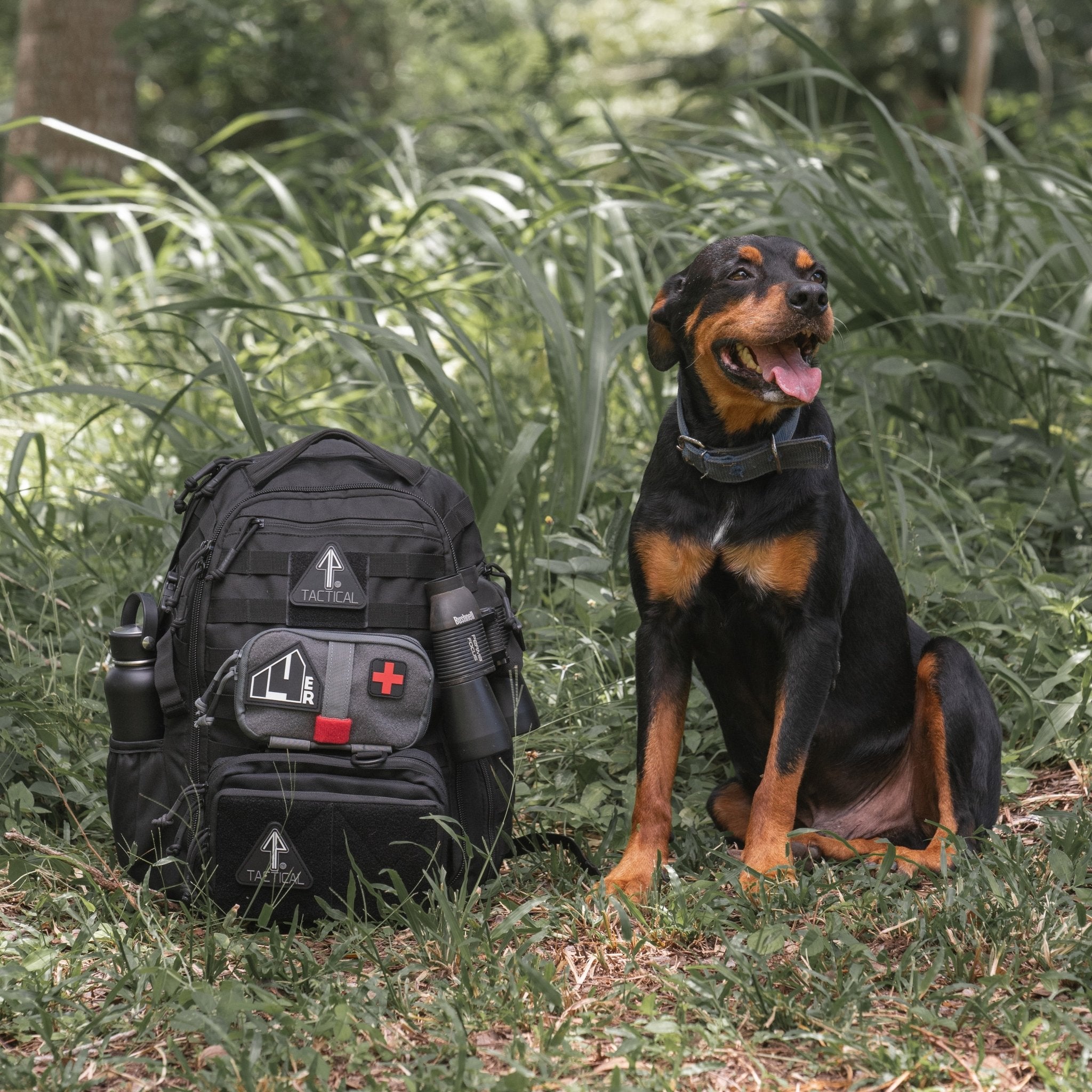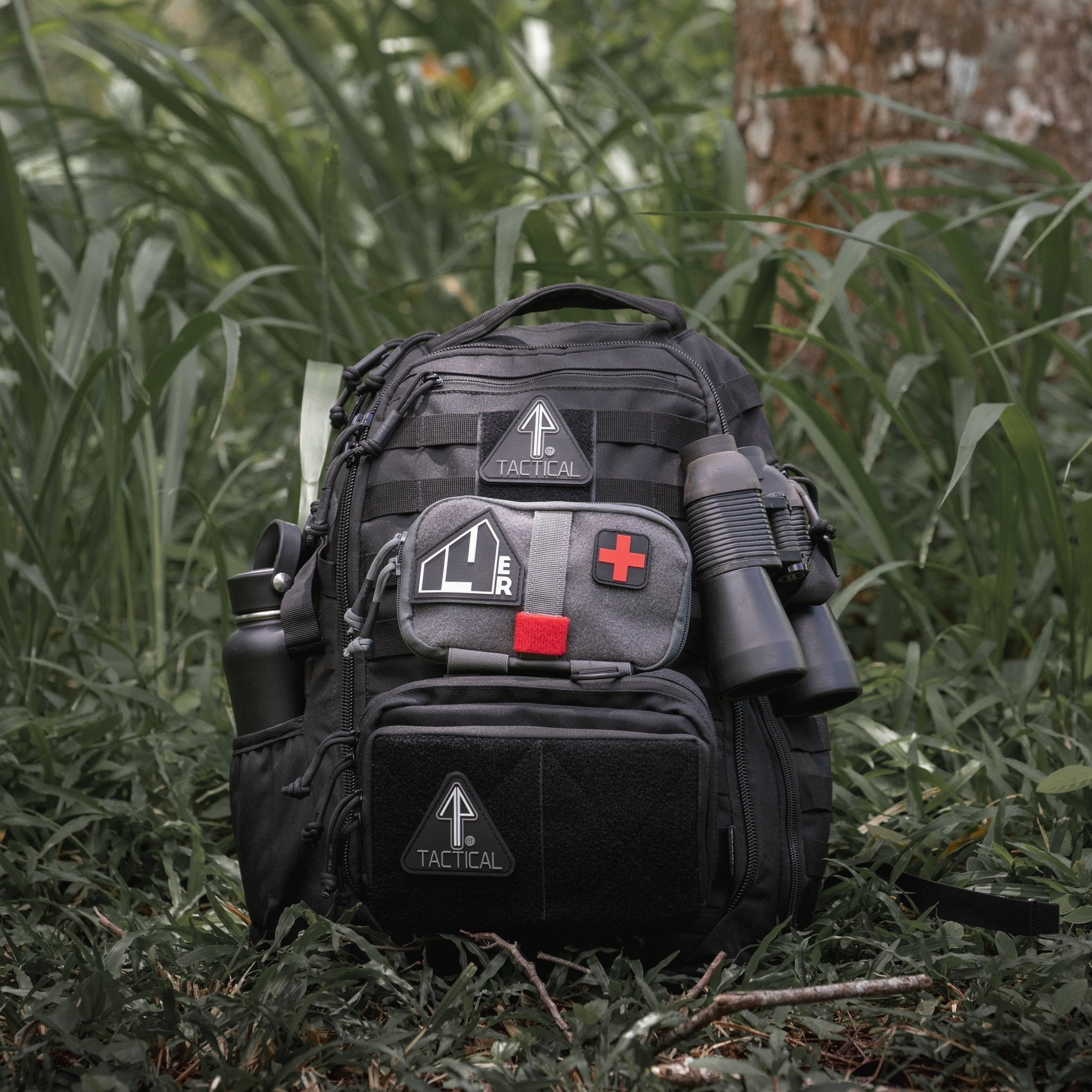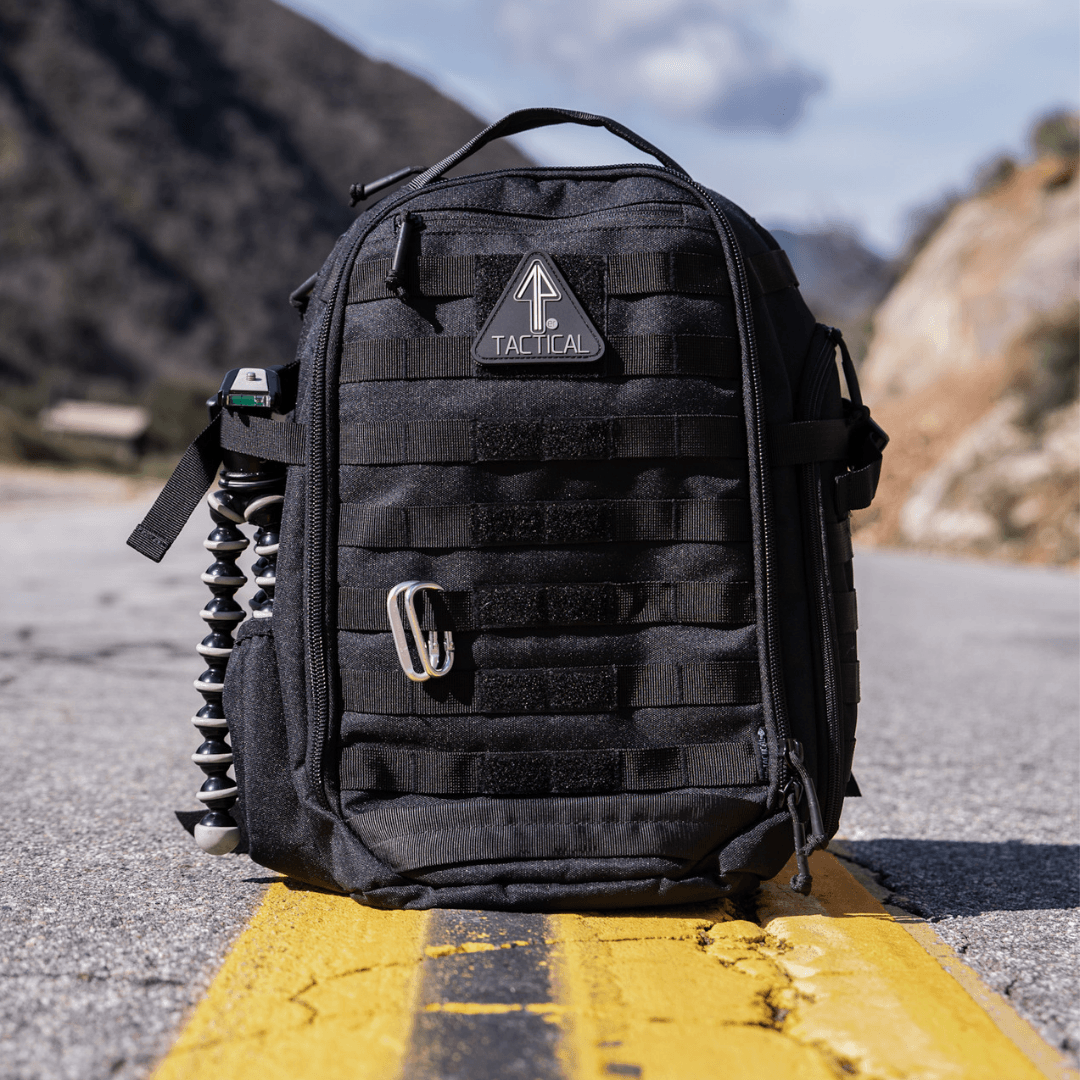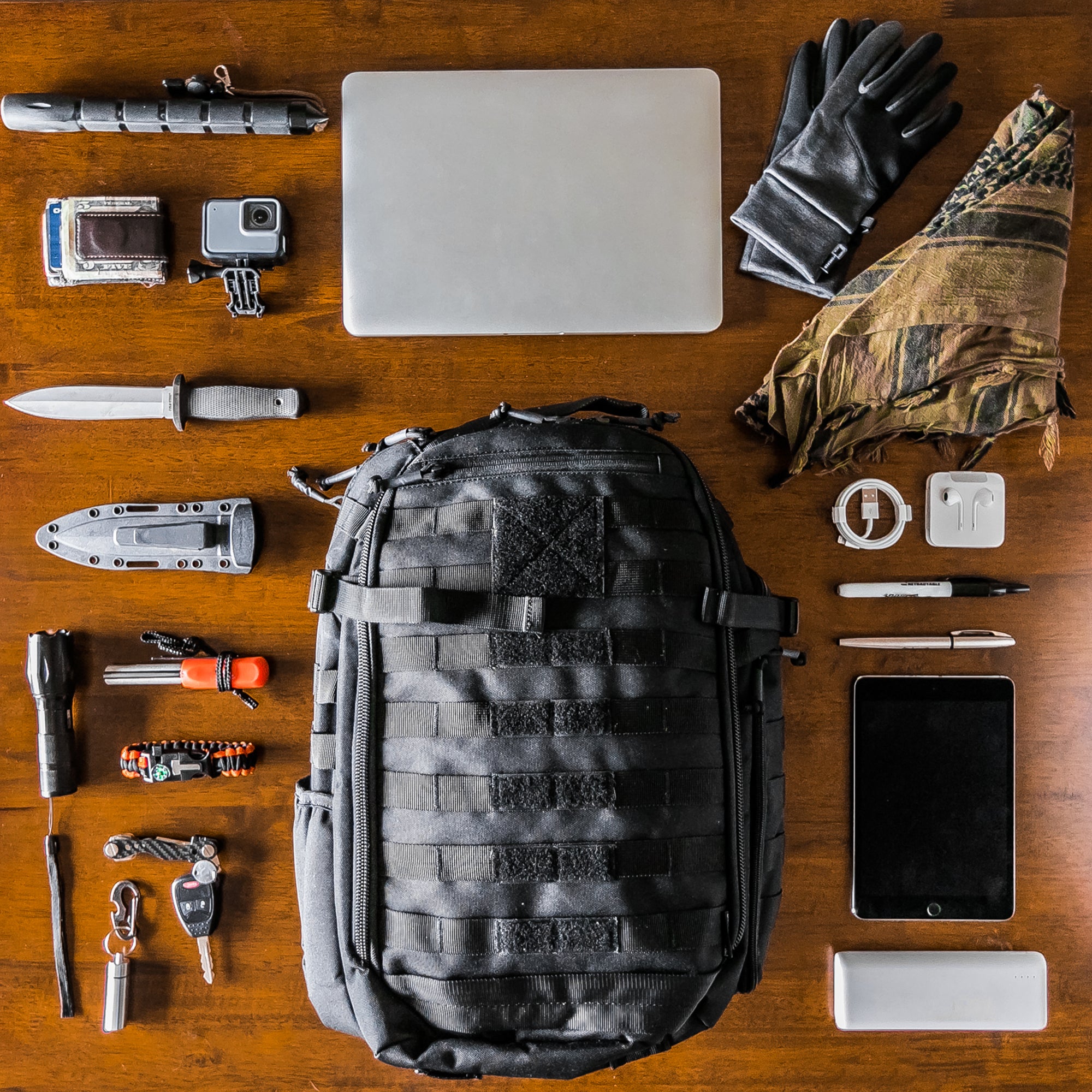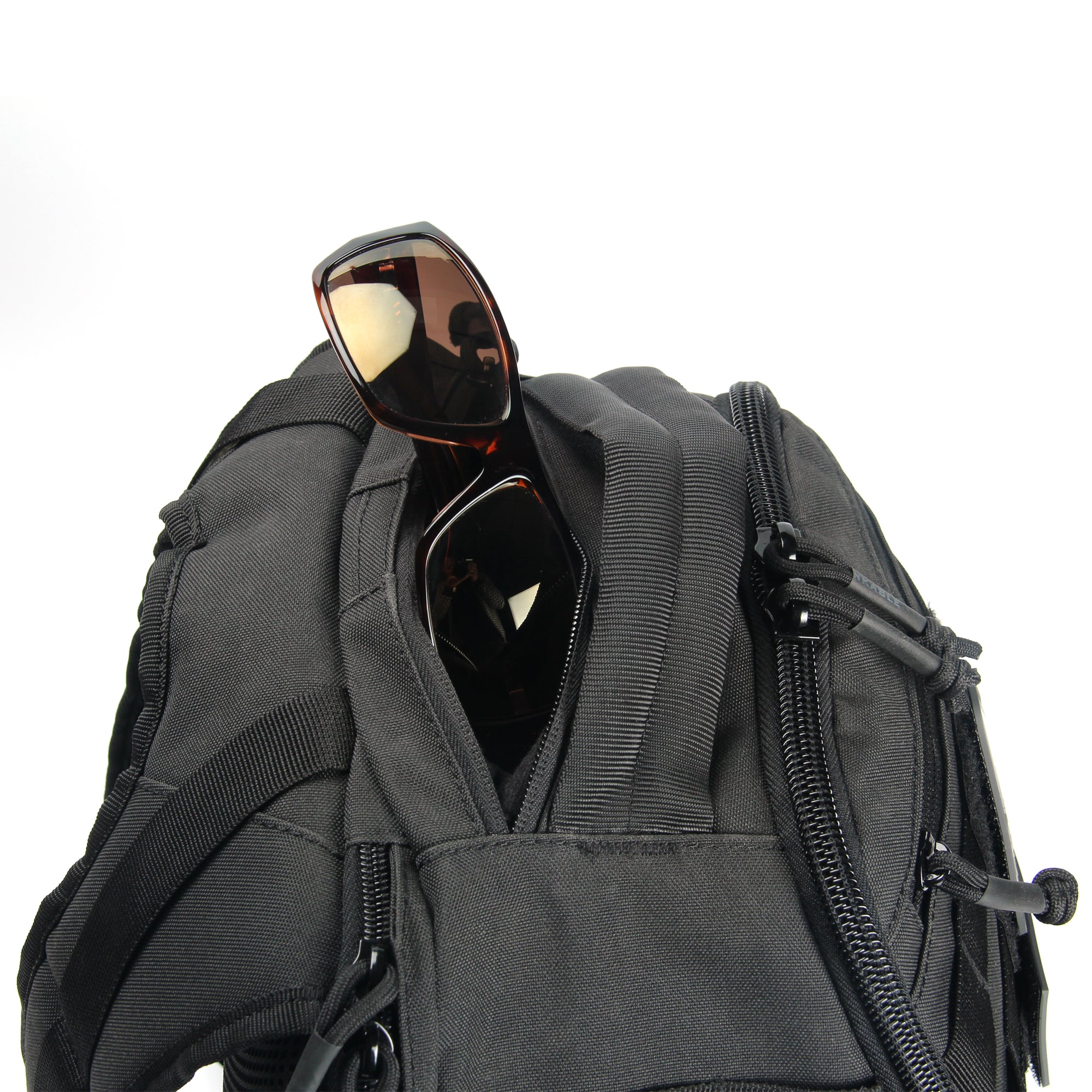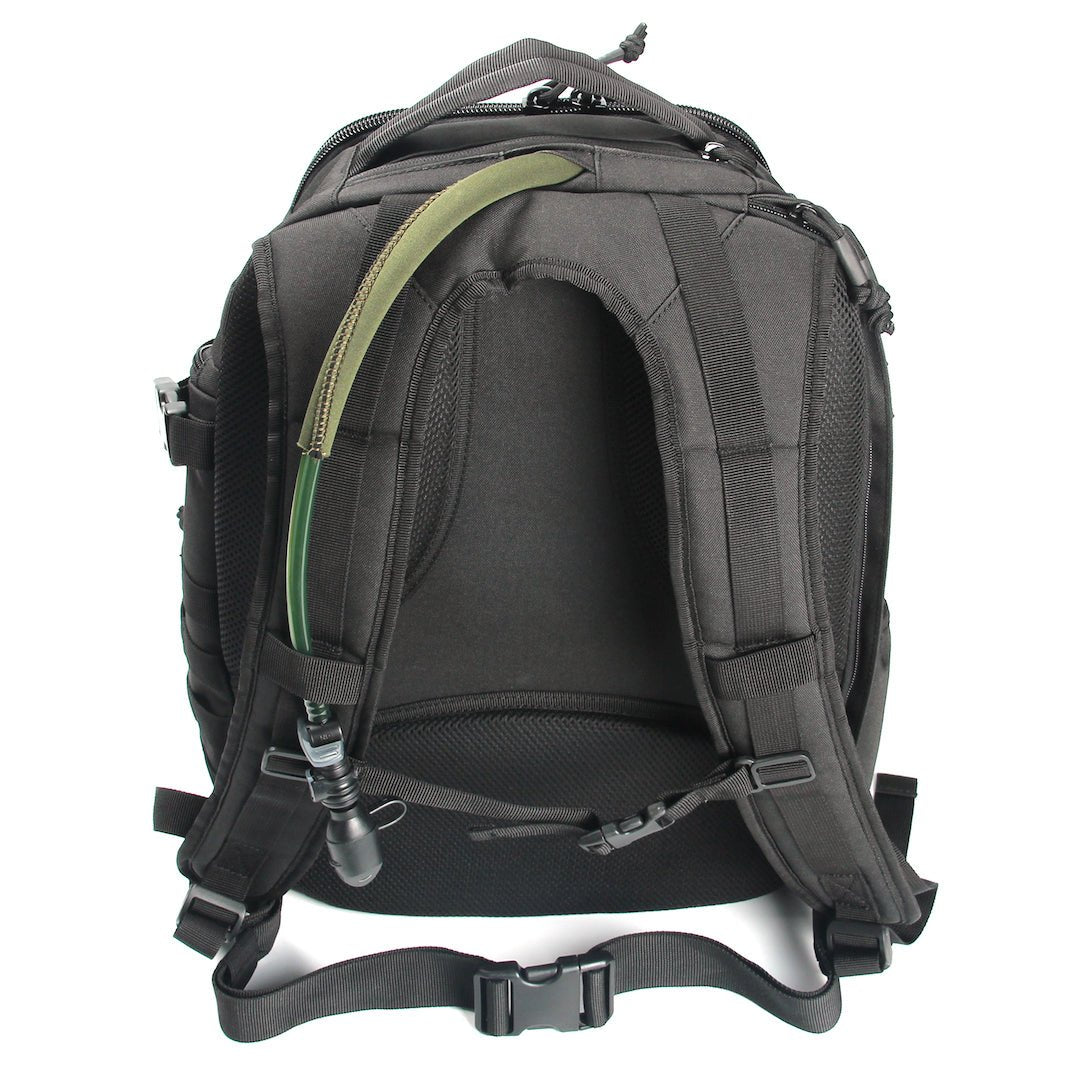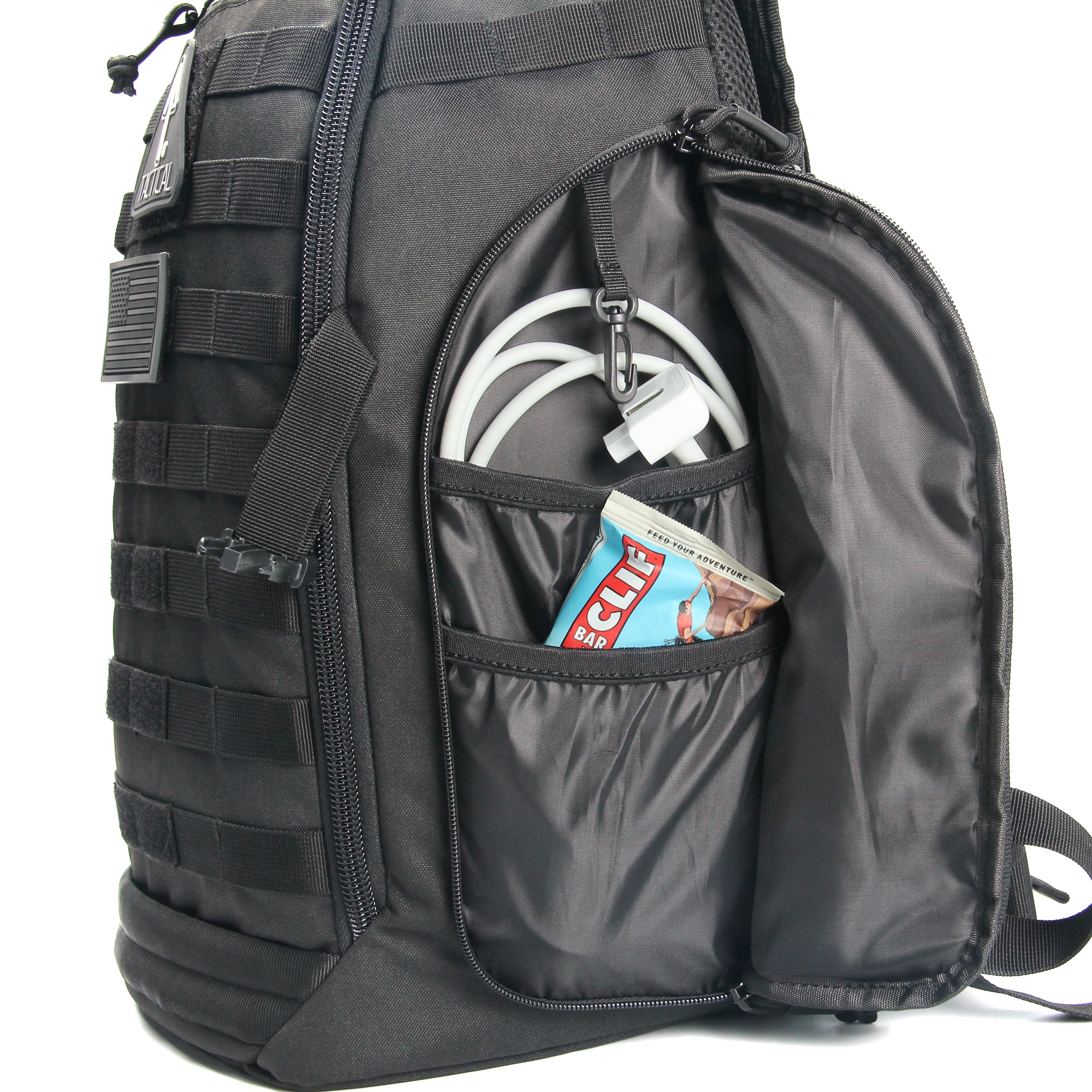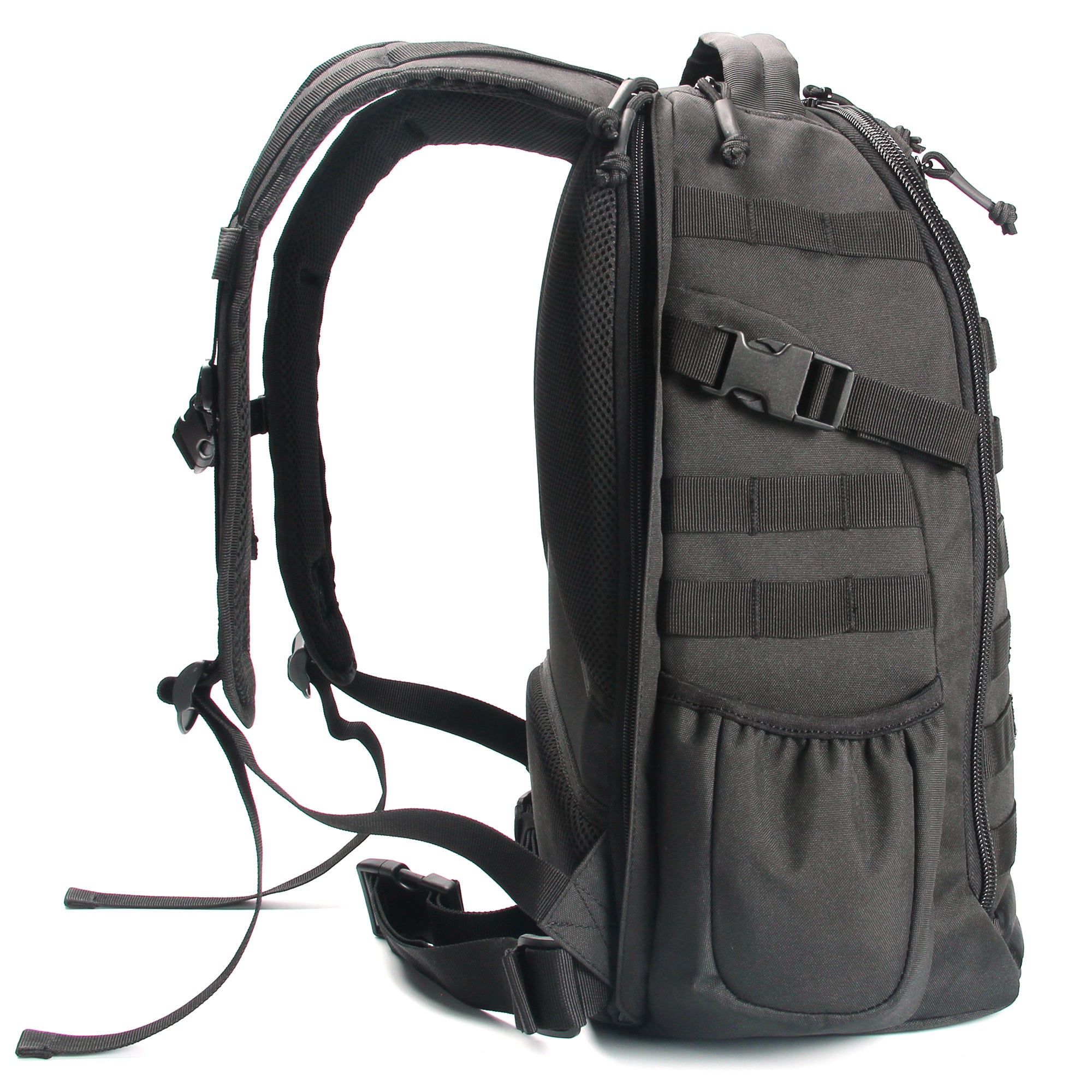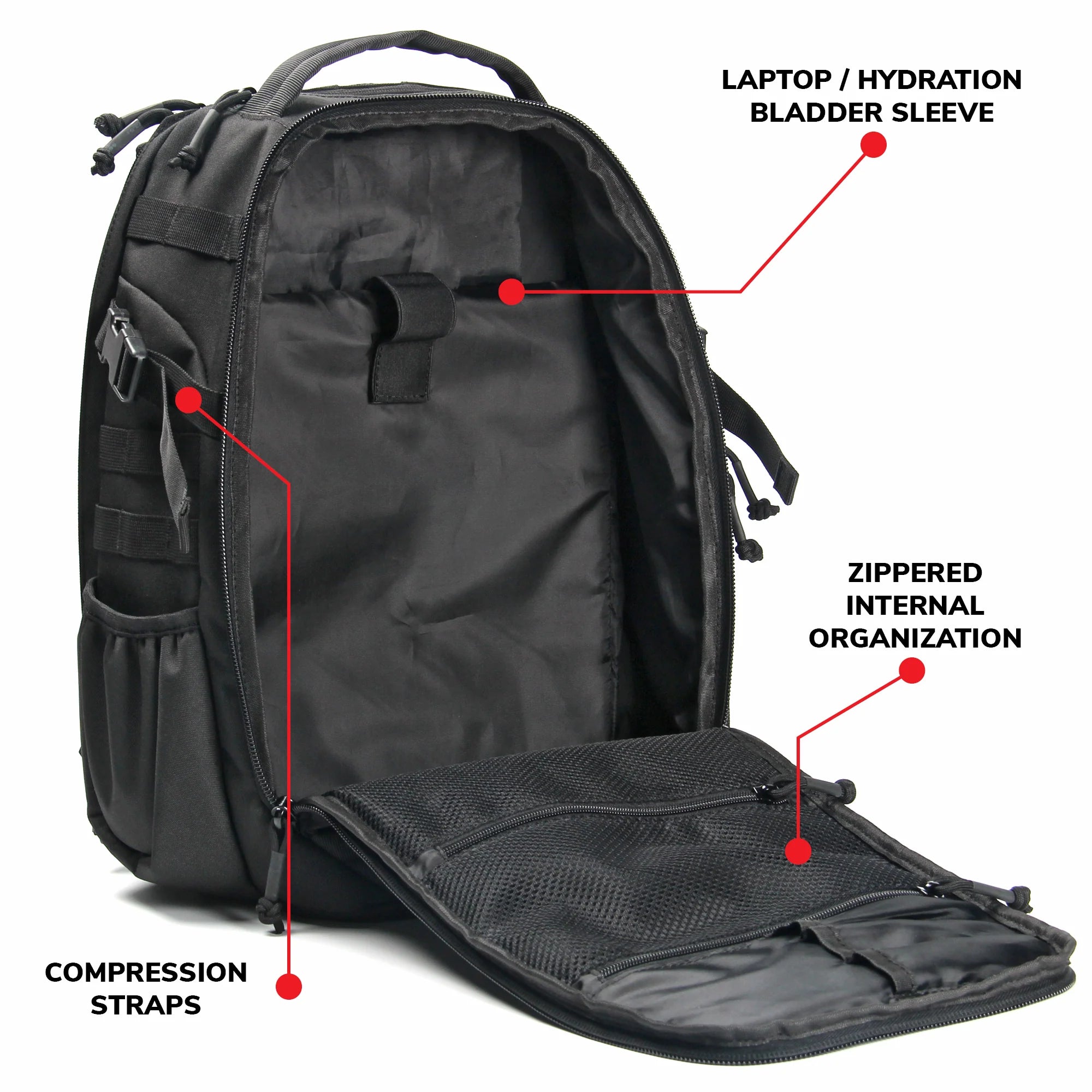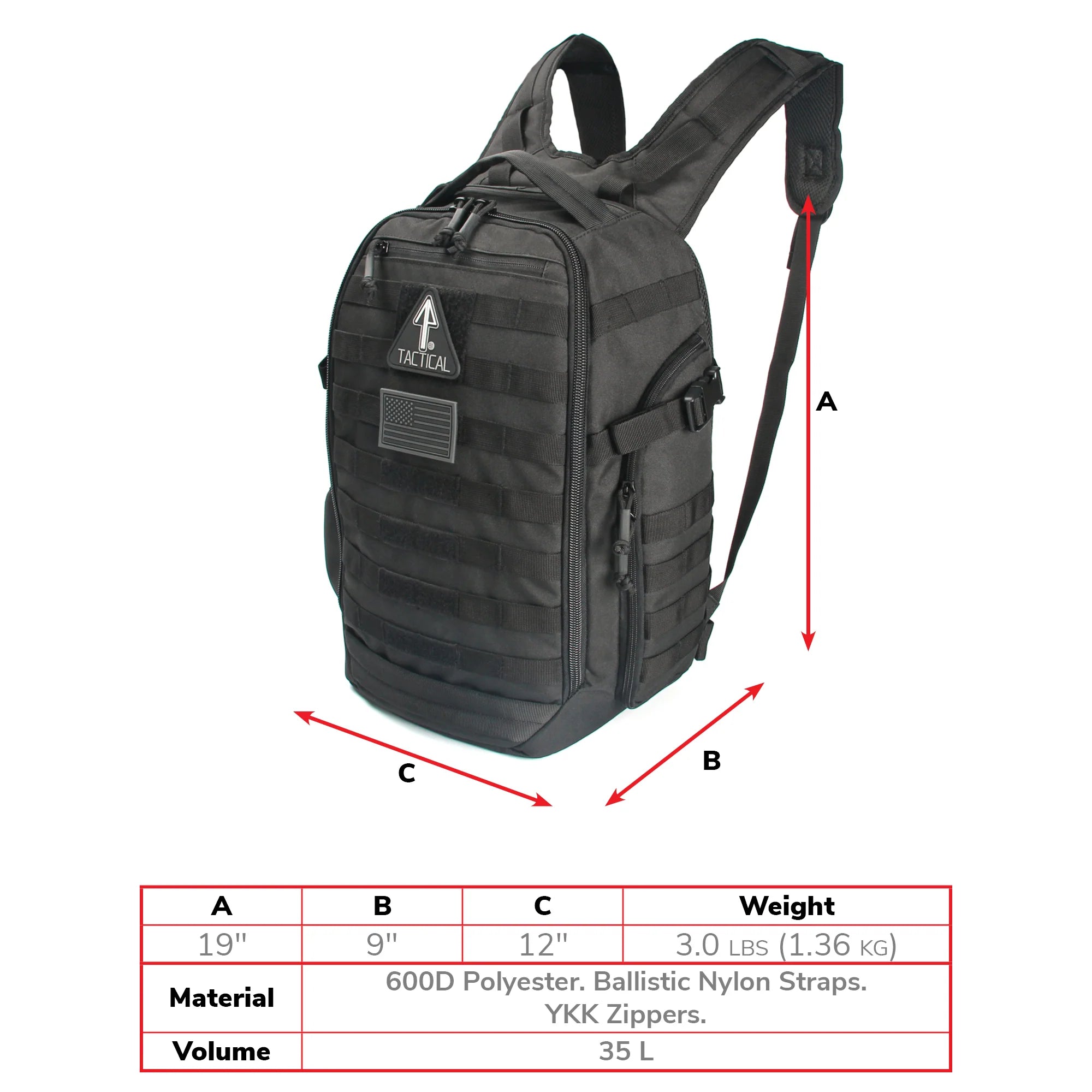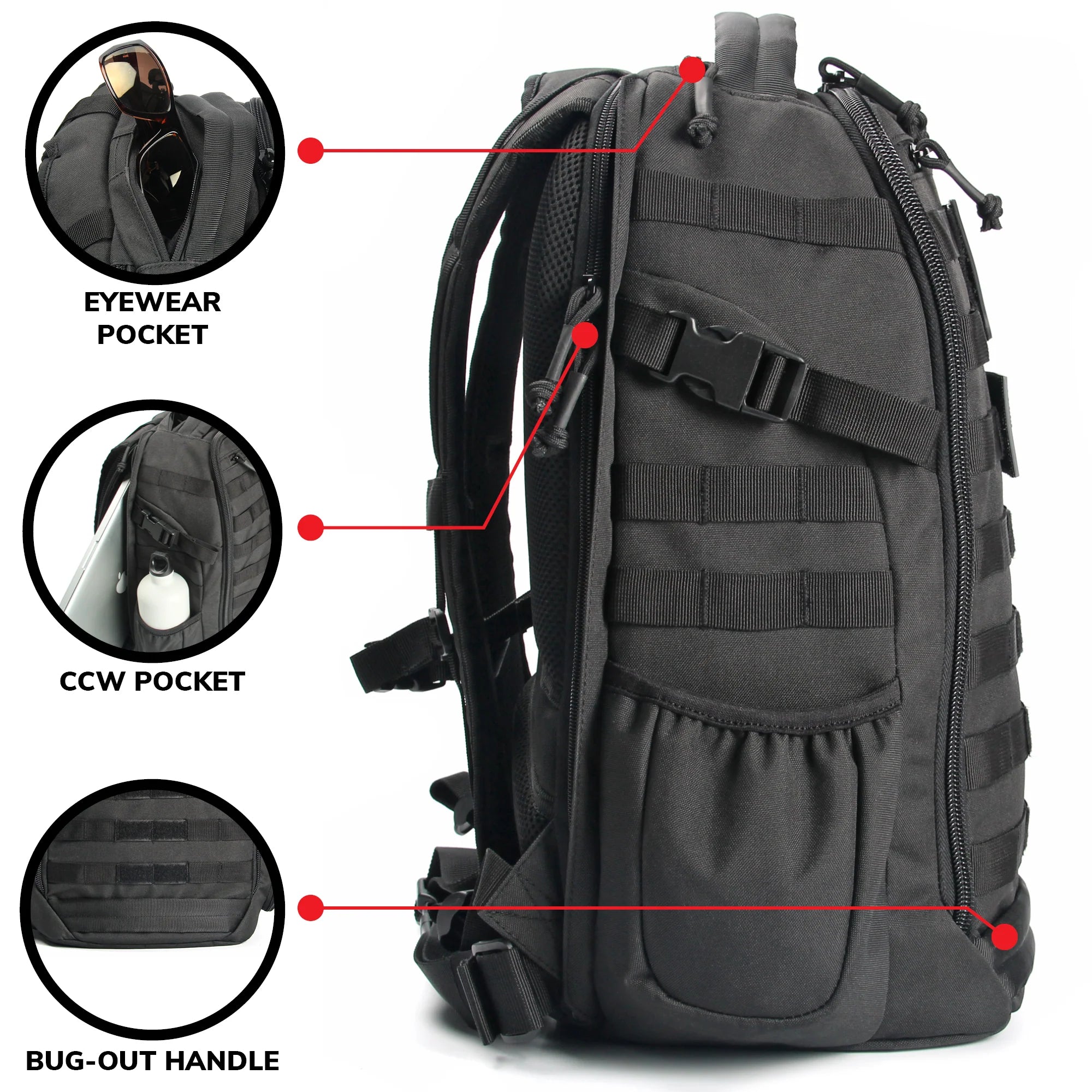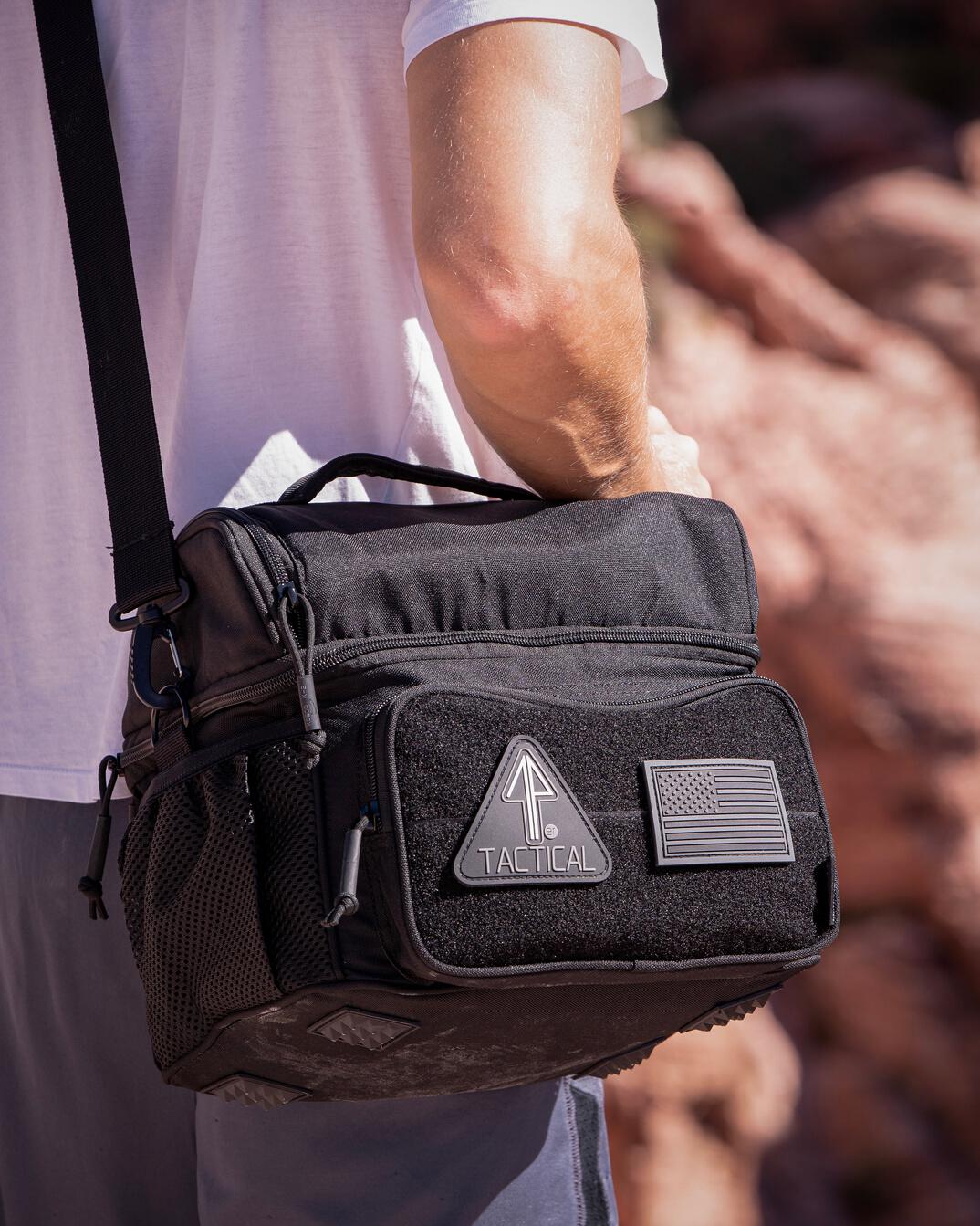
Lunch boxes are not just for the school yard: there are lunch boxes for men, too. And no, I’m not talking about full-sized coolers, though we’ll talk about that, too.
Sometimes, it is necessary to have a heavy-duty lunch cooler to keep your food cold in your backpack on a long work day, hike, or day at the range. Just like a full-sized cooler must be properly prepared to keep food cold all week, so, too, does the best lunch cooler need to be prepared for the day.
HOW TO ENSURE FOOD STAYS SAFE IN A LUNCH BAG?
Using an insulated lunch bag properly means you can feel comfortable carrying meats, milk, cheese, various greens, and sliced fruit all day without lugging a full-sized refrigerator around. Most lunch boxes do not regulate temperatures, yet it is essential to keep your cold foods at or below 40 °F (4 °C) to keep it safe for eating. The importance of this should not be taken lightly. A heavy-duty lunch cooler is much more effective when the right steps are taken beforehand.
The preparation for your lunch and a week out on the lake is not all the different. Both keep your food at a safe temperature to eat over time away from home. It’s important to know how to use each properly. So how are the two coolers prepared? Does size really matter? Let’s look at the preparation for the best lunch cooler versus a full-sized cooler.

HOW TO PACK A COOLER?
- Before your trip, fill your cooler with ice and chill it outside or in the coldest part of your house.
- Large blocks of ice will thaw slower. Fill any small gaps with smaller chunks of ice; the more empty space in the cooler, the faster the ice will melt. Ideally, there should be twice as much ice as contents in the cooler.*
- Freeze your water, meats, and soft drinks so that they can thaw over time and keep the entire cooler cold longer.
- Use a barrier of foam or cardboard to separate layers in your cooler: pack your ice, then your frozen foods, then a barrier, then the rest of your food, and end with a final barrier to keep the cold in.
- Using barriers between the frozen foods and the rest of your food will help keep your dry food dry, as well as using Tupperware.
- Organize your cooler by category so that it is easy and fast to rifle through, letting in the least amount of warm air possible while you reach inside.
- Clean your cooler after each trip to keep it fresh, ready for food, and bacteria-free. Air dry afterwards.
HOW TO PACK A LUNCH?
- Place the lunch bag and any ice packs in the freezer overnight. It will also help to freeze stainless steel containers to keep food cold.
- Place the lunch bag and any ice packs in the freezer overnight. It will also help to freeze stainless steel containers to keep food cold.
- Freezing water bottles or drinks keeps your lunch cold longer, and as a nice touch you will have a cold drink for later.
- Separate hot and cold layers in your lunch cooler with cloth or reusable napkins: although a thermos works wonders, help it out with extra layers of protection through the cloth. Finding a lunchbox that has multiple compartments will work as well.
- Wrapping a frozen water bottle in a clean cloth will soak up the moisture as the water melts, or simply use Tupperware and reusable bags to keep your food dry.
- Organize your lunch box to maximize space and do not leave your insulated lunch box open over the day, or its contents will not maintain their desired temperatures.
- Clean your lunch bag after every use: bacteria can form even from the crumbs in the crevices of your bag. Air dry afterwards.
Although it may seem counterproductive, don’t drain the melted water in your cooler: the freezing water that has melted will keep your food much colder than the ice and warm air that will fill the space when dumping it out.
HOW TO PACK BOTH HOT AND COLD?
If the hot items are packed inside a thermos, a good thermos will keep the hot items hot despite the inclusion of an ice pack and cold items inside the heavy-duty lunch cooler. I would, however, recommend separating the hot and cold items with a cloth or reusable napkin. Using a multi-compartment lunch bag can be incredibly useful for separating hot and cold items, as well.
WHAT TO LOOK FOR IN A LUNCH BAG?

- The best work lunch cooler is made of durable materials that are dependable and long-lasting.
- Make sure that the lunch box is leak proof.
- The best lunch cooler, if you are bringing meat and dairy, will be insulated to ensure that your food stays cold. The bag alone isn’t enough: an ice pack must be placed inside as well so that the contents stay cold.
- Portability and versatility are invaluable: choose a lunchbox with a removable strap that you can carry on your shoulder, place inside your bag, or that can be clipped outside of your bag through MOLLE webbing if you need the extra space.
- A multi-compartment lunch bag is useful both for organization and the separation of dry and wet or hot and cold food items. The layout of a multi-compartment lunch bag also minimizes the amount that your lunch bangs around, meaning less items will be squished, less battle scars will be found on your containers, and hopefully, less spillage.


